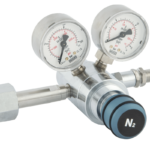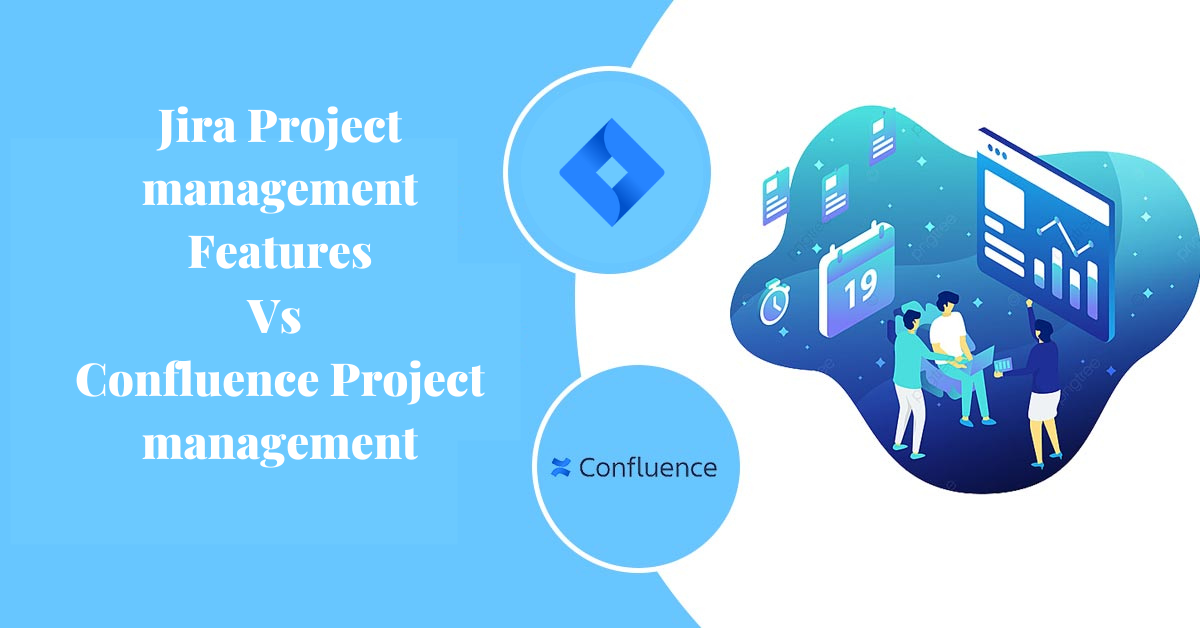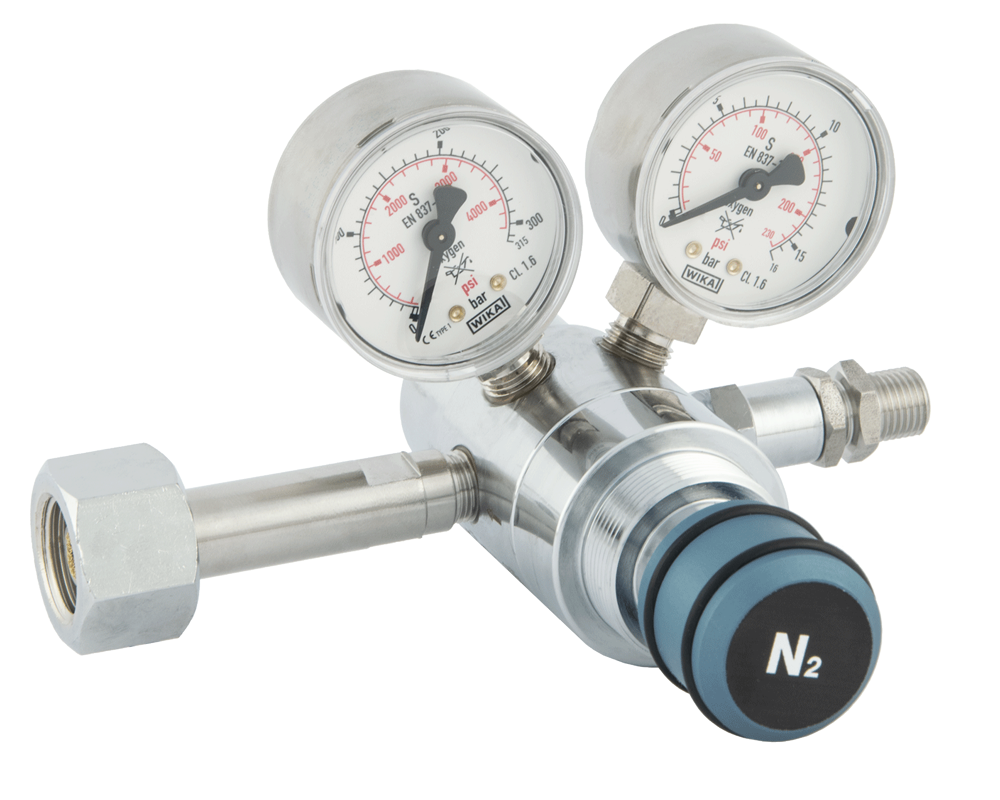When deciding which project management software to use for your next project, it’s important to understand the key differences between Jira and Confluence. Both offer similar features and functions, but the biggest differences are the tools that are available. Keep reading to learn about the features of each program.
Jira Project Management Features
Jira is a popular project management tool. Atlassian created Jira as a platform to manage software development projects. However, it has since expanded to include a wider range of applications. It uses Kanban (or board), a visual interface that allows projects to be managed by moving index cards around on a digital corkboard.
Jira Project Management features and Confluence are both project management tools that can work in tandem to make work more efficient. Both have a common knowledge base and can link to each other easily. However, the two applications have distinct features. Jira is great for managing issues while Confluence is great for documenting work. However, both tools have different advantages and disadvantages. Before you start using either of these applications, make sure you are familiar with both software platforms and the Atlassian ecosystem.
Jira is better for managing issues, bugs, and other information. It can be customized to fit your team’s workflow and provide end-to-end traceability. It can also be used as a collaborative tool, allowing team members to create pages and blogs, and edit them.
Confluence Project Management
When it comes to project management tools, Jira and Confluence both excel at helping companies keep track of information and share information with each other. Jira projects are easily linked with Confluence documents and vice versa. However, the benefits of using these two tools don’t end there. For one, they enable users to link their knowledge bases, which makes them an excellent choice for cross-functional teams.
Confluence project management is also a great tool for kick-off planning. You can customize page templates, tag everyone in the meeting, and mark issues, deadlines, and action items. You can even use Confluence to manage your team’s calendar, eliminating the need for manual admin tasks like adding people to meetings.
Confluence project management software allows organizations to collaborate, plan and review projects. The software is cloud-based but can also be deployed on-site. The software also includes task management and knowledge management tools, as well as editing functions for all members of the team.
Managers and employees can use Confluence software to schedule meetings, take notes, create product specifications, and create research reports. Managers can review work and give feedback. It provides a central repository that allows team members to search for relevant content and requirements, rather than switching between software. You can also restrict access to confidential data or create closed groups for extra discretion.
“Confluence gave everyone in the company an equal chance to take part, ask questions and contribute to building a company that our grandkids will be proud of.”
Features of Jira Software
Jira Software allows users to create workflows to manage various types of projects. These workflows contain a series of statuses and transitions that need to be completed by a specific group of people. Jira allows users to create and customize workflows, and they can import or export them. Then, they can activate them to start managing work. Users can use Jira software to manage workflows for different departments and different projects, such as customer support and product development.
Jira Software integrates with cloud services including Microsoft Azure and Amazon Web Services, giving users the freedom to access and manage data from anywhere. It also offers advanced roadmaps and team calendars for Confluence, enabling users to mark important dates. Lastly, Jira provides analytics for Confluence, enabling users to track page and site activity.
Features of Confluence Software
Confluence is a great collaboration tool that allows teams to collaborate on documents and blogs. This software also allows users to share information and share responsibilities within their organization. It can integrate with Jira Software, allowing teams to manage all project information in one location. It also allows team members to update information from any connected device, making it easy for everyone to collaborate on any project. Confluence also lets teams store project plans, and product specifications, and review checklists.
Confluence’s editor is easy to use, with a streamlined user interface. This enables rich content creation and editing and allows users to easily add links and formatting to their documents. It also has keyboard shortcuts and enables users to change page layouts, merge cells, and sort columns. Furthermore, Confluence saves drafts automatically as you type, and it converts wiki markup into Confluence format.
Jira Software is trusted by over 100,000 organizations. It comes with all the best practices and features agile teams need in order to grow and evolve their agile practices.
Growing your team does not have to bring about growing pains. Jira Software offers best-of-breed security and privacy features. It also has the right tool to help you navigate your journey.
Confluence reviews state that the software makes it easier to monitor tasks, track changes and assign work. Managers can keep track of progress and provide due dates for high-priority tasks. Confluence integrates seamlessly with Jira for project transparency. It’s functional software that can be used by both technical and marketing teams. These features are well worth the confluence pricing.
Conclusion
When evaluating Jira and Confluence, it is important to consider their features and functionality. Jira allows for extensive search capabilities and allows users to save filters for specific search criteria. This feature is particularly helpful when looking for specific information on a project. It also has features like export search, Configurable Search Results, and Advanced Search. Moreover, Confluence includes a mention feature, which allows team members to discuss their projects with others. This feature allows for a notification if another team member mentions a project in the discussion.
Both Confluence and Jira offer various excellent features that are useful for software development projects. They both provide useful features for project management, such as task assignment and tracking.










